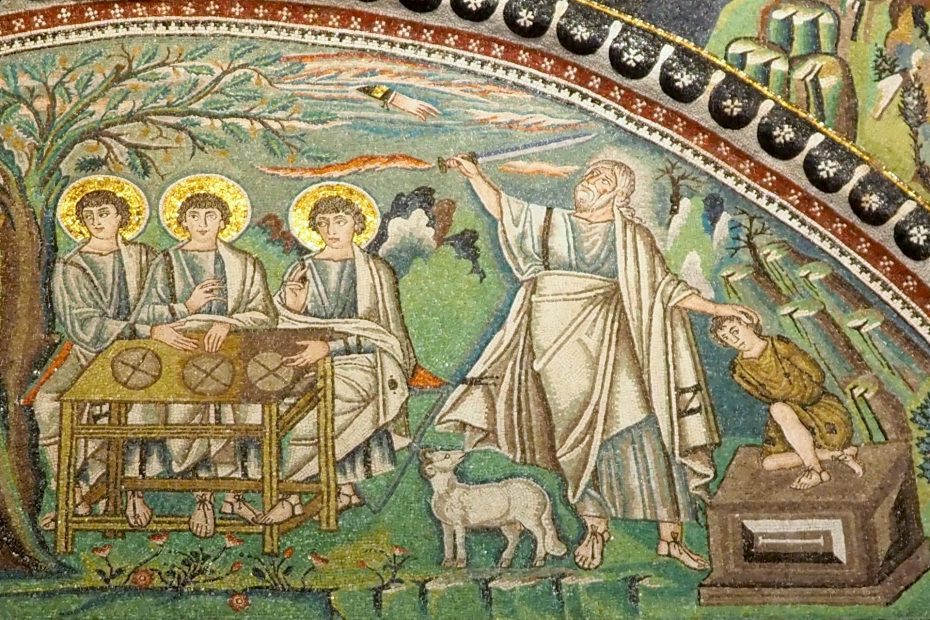Recently, and for the first time in decades, I picked up a pencil and started to draw. To my great surprise I found that the result actually looked like the thing I was trying to draw! Encouraged, I signed up for a taster “Life Drawing” class at a local college… and quickly encountered how hard it is to draw a person’s face or body in a realistic manner.
The tutor explained that experience/conditioning makes the brain “see” a face as composed of nouns (eyes, ears, lips, nose) or the hand (as four fingers and a thumb). The temptation is to focus on drawing each of these separate components, but the problem is we already “know” (or at least think we know) what each of these separate pieces look like.
The result (at least in my case) was a rather simplistic face with a cartoon-like appearance, and very little resemblance to the actual person in front of me. The trick is to stop trying to see the individual components and instead look again at the whole, but in an abstract way, perceiving areas of light and different shades of darkness and sketching those. Seeing what’s actually there, not what you think you see, allowing a fuller, richer, picture to emerge.
The tutor was very familiar with this issue and made a suggestion to help the class see things differently, which was to actively look for, and draw, “negative space” – the space between elements. This discourages you from trying to draw (the non-existent) lines that the brain otherwise imagines encapsulating and defining the individual components themselves (eye, ears, lips, nose).
As he pointed out, there is not actually a solid line around each person’s head, separating “head” from the space around it. In the same way, the eyes are not enclosed by solid ovals and (most apparent to me when I looked at my own drawing) the nose does not consist of straight lines!
He recommended a simple exercise to become more familiar with this way of seeing, which is to place your hand on a table, and then look at the space (and shapes) between the fingers and concentrate on sketching these abstract shapes. This helps stop you from consciously drawing “fingers” and instead concentrating on the absence-between-the-fingers. The result is more true to life than the otherwise cartoon-like sketch of a hand that I usually end up with.
It’s this focus on the not-there that brings me to Abraham. The story of Abraham is probably familiar and easily accessible, with the action-packed chapters of Genesis 12-25 setting out his life in a condensed, miracle packed narrative. Man of faith… Prophet… Leaves home and the familiar in obedience to God… Promised a new land… Descendants as numerous as stars… Sarah’s miraculous pregnancy in old age… three angelic visitors.. commanded to sacrifice Isaac. If attempting to sketch this image, I’d probably choose a pop art style and throw in a POW!, ZAP! and KABOOM!
But look more closely and there is indeed some “negative space” even in this condensed text. My eye is drawn in particular to the end of chapter 16 and the first verse of chapter 17 which immediately follows it.
16:16 “Abram was eighty-six years old when Hagar bore him Ishmael”
17:1 “When Abram was ninety-nine years old…”
When I first noticed this, it stopped me in my tracks. Thirteen years passes without a single comment. That’s quite a chunk of negative space. A significant complete absence. A gap in the record in which nothing (or at least nothing of note) appears to have happened. And this causes me to reconsider my cartoon memory of Abram/Abraham, consisting as it does of just the highlights – the peak experiences. Is my picture unrealistic?
To be honest, scripture isn’t helpful here, because almost by definition it consists of a lot of edited highlights – that’s the nature of the text. This also isn’t helped in some church circles by a focus on action, excitement, and peak experience, which is emphasised by the exegetical style. And of course we live in a society which encourages a super-human fast pace – 24 hour rolling news and social media where it’s all about sharing the latest exciting thing that’s just happened to you. It’s all go, go, go! Or it ought to be. And if it isn’t, you’re somehow odd, or at the very least missing out.
But the reality, as this lacuna in the life of Abraham highlights, is that for substantial portions of time (even for a man like Abraham) life can pass without comment – without anything apparently of note happening. It’s at this point that I like to imagine the Diary of Abraham (aged eighty-six and three quarters):
Day 1… tended the flock
Day 2… more tending of the flock
Day 3… the flock are still being tended
…
Day 365… have tended the flock for the past year now
…
Day 4,744… the flock is definitely well tended
Once noticed, the inclusion of this 13 year gap in the life of a key Old Testament figure helps make the portrait of the man that emerges more realistic. For an awful lot of the time, Abraham was just engaged in the mundane – the ordinary.
You don’t have to look too hard to find negative space in the New Testament either, most obviously in the life of Jesus himself. We have the two birth narratives in Luke and Matthew’s Gospels but then we hear nothing of Jesus until he’s twelve years old listening to and questioning teachers in the temple (Luke 2:41-52). There’s then complete silence until he starts his ministry at 30 years of age! That’s quite some silence. And unsurprisingly, not a popular topic for sermons.
In fact, in some church circles, I sometimes get the impression that Jesus could just as well have appeared as a fully formed man at the age of 30, so he could whizz through the highlights – three action packed years of ministry & miracles before getting straight to the Cross. But this would be to lose sight of his full, genuine, humanity – including the mundaneness it implies.
I won’t attempt any imaginary diary entries for the life of Jesus for the first 30 years, but one of the Church Fathers (St Irenaeus, born around 130 AD) when contemplating the life of Jesus does make an imaginative & theological suggestion…
“[Jesus] neither rejected nor went beyond the human condition and did not abolish in his person the law of human growth, but he sanctified every age by the resemblance we have with him … Therefore he passed through every age, and among the infants was an infant, sanctifying infants; among children a child, sanctifying those who have this age and likewise becoming for them a model of piety and justice and submission; among young men a young man, becoming a model to young men and sanctifying them for the Lord.”
Against Heresies 2.22.4
So, for Irenaeus, there was something powerful going on in the negative space of Jesus’s early life. The patient, silent, growing, apparently uneventful humanity of Jesus was not something optional that might even be skipped over, but rather a necessary experience (for our sakes) which was embraced by the second person of the Trinity in the incarnation.
Part of what the “humanification of God” achieved was the sanctification of all aspects, and stages, of human life. Even the mundane.
And Jesus said, “Abraham jumped for joy to see my day. He saw it and was delighted.” (John 8:56)


